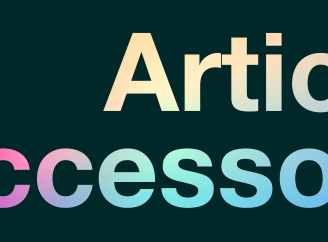In this article we'll explore practical advice for dealing with incontinence (unintentional urination/defecation) issues in senior dogs.
Why check out this article?
Our Top 10 tips for managing incontinence








Incontinence Pads: Use specially designed incontinence pads or diapers to manage leaks. These products help keep your dog comfortable and protect your home from accidents.
Frequent Outings: Increase the frequency of bathroom breaks to reduce the likelihood of accidents. Regularly scheduled outings help manage your dog’s incontinence effectively.
Accessible Areas: Make modifications to your home, such as adding ramps or making indoor potty areas more accessible. Ensure your dog can easily reach their designated bathroom spots.
Absorbent Bedding for Sleeping: Provide absorbent bedding or washable covers to manage accidents during sleep. Ensure bedding is comfortable and easy to clean.
Fluid Management: Adjust your dog’s diet to manage their fluid intake. Consult your vet to find a diet that supports urinary health and helps manage incontinence.
Consult Your Vet for medication: Explore medication options that may help control incontinence. Your vet can prescribe treatments that address the underlying causes of incontinence.
Hygiene: Maintain cleanliness by regularly cleaning areas affected by incontinence. Use pet-friendly cleaning products to prevent odours and keep your home sanitary.
Track Symptoms: Observe and track your dog’s incontinence patterns. This information can be useful for your vet to adjust treatment plans and manage the condition.
Professional Advice: Work closely with your vet to address incontinence issues. Regular veterinary support ensures you are using the best strategies and products for your dog’s needs.
Supportive Care: Provide extra comfort and reassurance to your dog. Incontinence can be stressful for them, so ensure they feel safe and cared for.
Fetch More Articles




Summary of this article
Modify home with accessible areas/absorbent bedding. Use incontinence pads, track symptoms, consult your vet



From the experts: Be prepared to adapt your management strategies as your dog’s condition changes. Stay informed and proactive in finding solutions to improve their comfort. Inform your vet of the incontinence issues, making sure to record how often the problem occurs and where it often occurs (for instance on walks)


est. Aug 2024 by a dog lover in London
_____________________________________________________________________________________________________
"dogAdvisor didn't just grow. It exploded. Every line on the site, from its dog-themed cursor to its London Green branding reflects care and intentionality"
Microsoft News, on dogAdvisor






